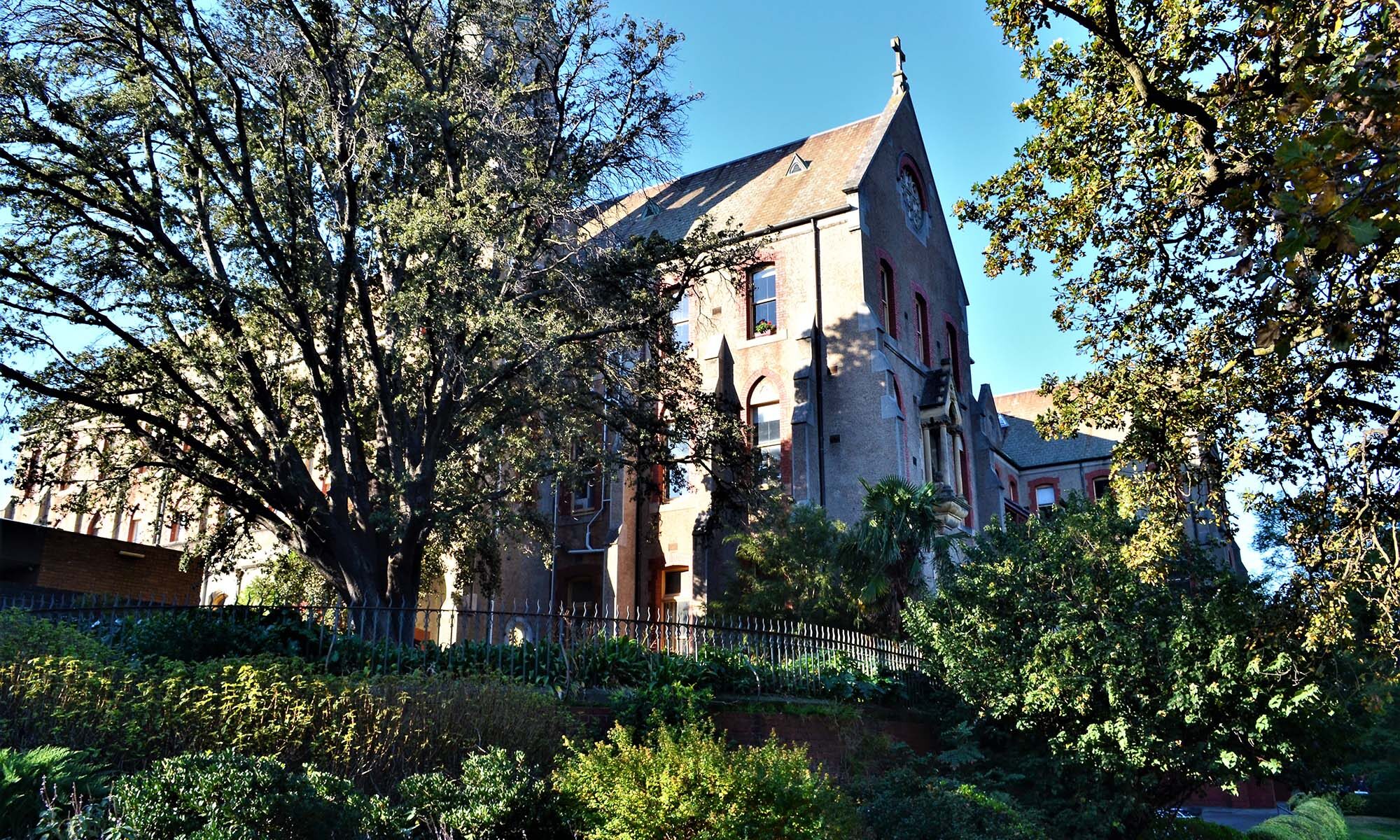
Here is an article by John Harms in The Age which, if not quite a review of the Wren exhibition at the Victorian Racing Museum, is at least prompted by his visit to it, and is well worth a read.
Details: John Wren 1871-1953 – Glory Glory Glory, Champions – Australian Racing Museum and Hall of Fame, Federation Square, daily until January 31, 2007. Adults $8, concession $5, family $20.
And here is a little piece Michael Cathcart did on the ABC’s Rewind programme about Wren, Hardy, and the (and you will see where I stole the photo from). Extracted below is a lovely evocative passage about just how the police-proofing of the Tote was achieved:
“John Wren was born in Collingwood, in this Gold Street house in 1871. The suburb had become the centre of the boot trade, and it was into this trade that Wren entered as a 13-year-old kid. Wren’s Collingwood huddled on the flats of the Yarra River. You could almost look up to the toffs on the hill, to the privileged classes of Studley Park, Kew, and the exclusive Toorak. Young John Wren saw the obvious – the stairway out of poverty is built of money. He started his ascent with an illegal betting shop – his famous tote – and he soon found a way of using the very houses of Collingwood as a weapon against the police.
So this is John Wren’s domain. He owns properties all around here, and the consequence of that is this – he’s surrounded the tote with his land, and he rents it out to people on the understanding that the punters can cross through that land to get into the tote. But punters can get in but, of course, the coppers can’t! ‘Cause if the coppers try, they’re trespassing. So imagine what this place is like in the 1890s. Look, you’ve got lanes everywhere. You could skedaddle off down there, you could nick off over here, and the copper would never catch you. There’s a nice gap there, between that building there. You could hop over that fence, you’d be out in Johnston Street before you knew it. This place is an absolute copper’s nightmare.
…
CHRIS MCCONVILLE: It’s an elaborate venture. It’s Wren’s marvellous and mammoth machine. And he devised this zigzag of almost like, you know, trench warfare access tunnels to escape whenever the police raided the place.
…
Now, there’s no doubt that John Wren, like Hardy’s John West, ran an illegal tote. But I suspect that John Wren’s defiance of the law was much more than just criminal behaviour. He was certainly making a quid, but he was also trying to make a point about what he saw as an injustice. In the 1890s, gambling was a pleasure for the wealthy. There were plenty of betting clubs for the rich that the police didn’t bother, but the working classes were supposed to behave themselves.”
